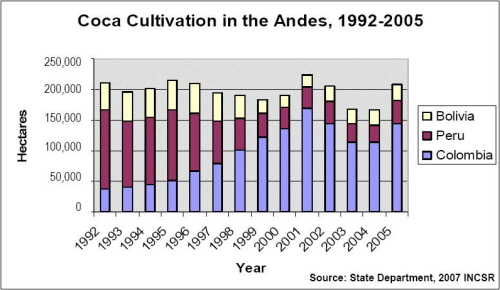 (graph from WOLA/AIN memo, link below)
(graph from WOLA/AIN memo, link below)This work by StoptheDrugWar.org is licensed under Creative Commons Attribution-ShareAlike 4.0 International
 (graph from WOLA/AIN memo, link below)
(graph from WOLA/AIN memo, link below)This work by StoptheDrugWar.org is licensed under Creative Commons Attribution-ShareAlike 4.0 International
Add new comment